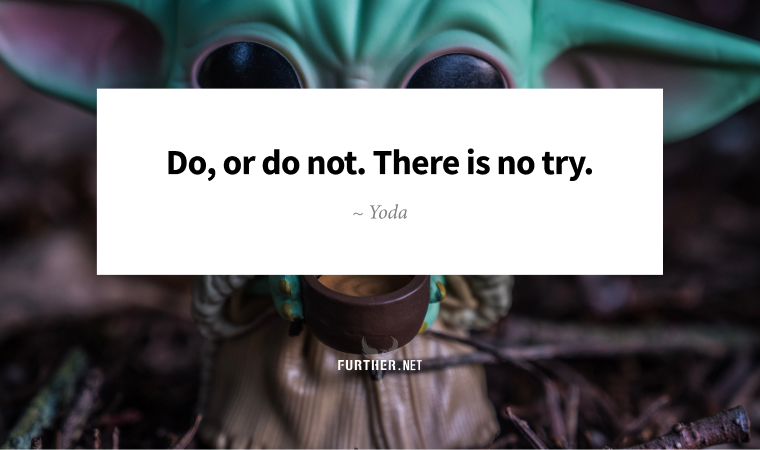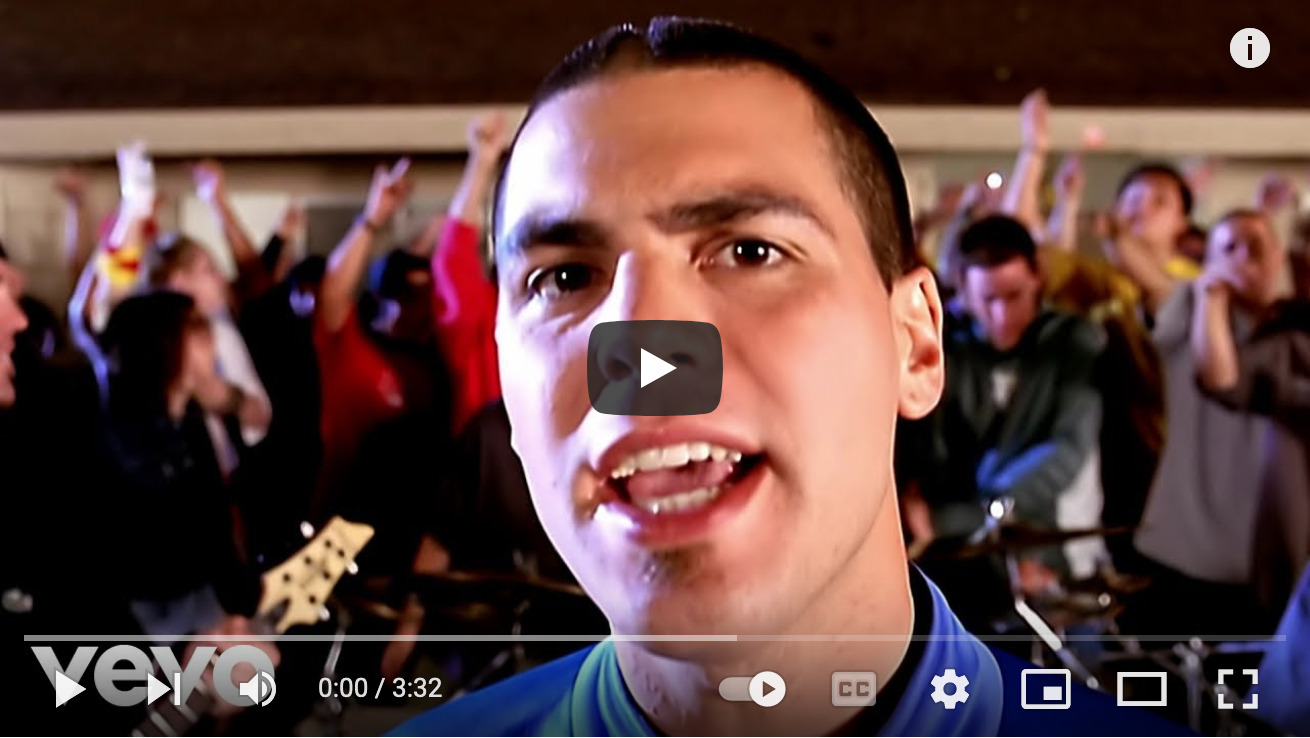
Last week we explored how expectations — what we believe — can significantly impact our performance. Our beliefs can impact exercise and athletic performance, and also our work and relationships.
Positive beliefs can spark a placebo effect that helps us succeed. Conversely, negative beliefs and the accompanying thoughts can keep us “in our heads” and away from a state of optimal performance.
Whether it’s sports or a business presentation, you’ll do your best “in the zone,” otherwise know as a flow state. The question becomes, how do we get out of our heads and into the zone in the first place — especially when we can’t stop thinking about the difficulty of the task?
For the past five years, Steve Magness has been striving to answer that question. That’s the level of research he’s done for his new book Do Hard Things: Why We Get Resilience Wrong and the Surprising Science of Real Toughness.
Magness makes the case that when we’re stuck in our heads, we often end up performing a type of self sabotage. Our limiting beliefs are actually a way to protect our egos. In other words, we create ways to justify our failure ahead of time so we’ll have an excuse if (and now likely when) it happens.
Here are three techniques that help you avoid getting in your own way:
1. Let Go of Perfectionism
There’s a fine line between hard work that leads to better performance and perfectionism that instead hurts. Never forget that mastery is the pursuit of constant improvement, not the attainment of perfection. Put another way, perfectionism is the enemy of mastery — and it can also be used as an excuse to not strive in the first place.
2. Develop a Quiet Ego
This means creating a better mental balance by turning down our sense of self so we don’t view failure as a mortal threat. As social psychologist Heidi Wayment told Scientific American, with a quiet ego, “the volume of the ego is turned down so that it might listen to others as well as the self in an effort to approach life more humanely and compassionately.”
3. Adopt the Right View of Failure
The more we experience fear of failure, the more ingrained in our brains it becomes to avoid it like the plague. According to Magness, “our behavior shifts from approach motivation, where we are ready to take on a challenge, to avoidance and protection.” You can see how believing that failure is a bigger deal than it is can effectively leave you mired in regret for never doing what you aspire to.
There Is No Try
There’s no harm in trying, right? And yet, telling ourselves we’ll “try” can be a proactive defense mechanism that protects our egos from the failure we’re afraid to experience.
When Luke Skywalker tells Yoda he will “try” to lift the X-wing fighter out of the swamp with his mind, he’s inherently protecting himself from failure. Luke’s already made it quite clear he doesn’t believe he can do it.
“Do or do not. There is no try,” replied the Master Jedi.
More poignant, though, is Yoda’s response to Luke when he says that lifting a spaceship is “completely different” from the stones he’s been practicing with.
No different! Only different in your mind.
You don’t need the Force to succeed. You do, however, need to get your head right.
Further Reading:
Do Hard Things: Why We Get Resilience Wrong and the Surprising Science of Real Toughness (Amazon)
Keep going-
P.S. New to Further? Join us here.
Here for the Ratio
Is it really possible to eat more and lose weight, even if you’re exercising less? Yes, and it has to do with your protein to energy ratio. That and lots of other interesting stuff in this Wellness Mama podcast episode.
How to Lose Weight by Eating More and Exercising Less
Darth Renovator
The only thing worse than renovating a house is an unprofitable renovation. So it’s important to know your return on investment (ROI) on a renovated kitchen, bathroom, or other project. Here’s how to figure that out.
How to Decide Whether a Home Renovation Is Worth the Cost
Life and Taxes
Death and taxes are inevitable, at least at this point. But it’s possible to save on taxes while you’re still alive by planning for the other inevitability.
How to Use Your Estate Plan to Save on Taxes While You’re Still Alive
The Only Constant
Change is the only thing you can count on happening. And yet with every fiber of our being, we resist it — even though each and every cell in our bodies has been replaced since we first came into being.
Keith Haring on Our Resistance to Change, the Dangers of Certainty, and the Root of Creativity
Save Your Sanity With a Bedtime Breakup

By Trudi Roth
Remember when “sleeping together” was sexy and fun? In that context, the less sleep, the better.
But once in a long-term relationship, there’s plenty about sharing a bed that can sabotage your health and well-being, from snoring and restlessness to frequent bathroom trips, temperature disagreements, and incompatible snoozing schedules.
This might explain the rise of the “sleep divorce,” a trendy term for breaking up at bedtime and choosing to sleep in separate beds or other rooms. While sleeping apart might seem to threaten closeness, it’s a saving grace for many couples.
All you have to do to ensure you don’t lose sleep over the separation is have some proactive pillow talk. Or maybe “coffee talk” after a sleepless night is the better setting.
Bed Dread
As we age, sleep becomes even more important and often more elusive. One-third of adults deal with chronic insomnia, and new research shows that repaying your “sleep debt” is nearly impossible. This can lead to long-term physical and mental health issues, notably cognitive impairment, weakened immunity, diabetes, high blood pressure, anxiety, and depression.
While some of what keeps us up at night is our own stuff (i.e., sandwich generation woes, job instability, financial pressure, hormonal changes), the culprit is often what Carson Daly called “irreconcilable sleeping.” Research confirms sleeping with someone who snores impacts your sleep quality. Another study shows a crappy night’s sleep from your partner’s bedtime habits can hurt your relationship in the light of day.
Is it any wonder that one in four American couples sleep in separate beds? Or that 30% of people surveyed by a mattress company want a sleep divorce?
If you’re struggling with sleep incompatibility, maybe it’s time to give the stigma of separate slumber a rest.
Goodnight Boon
Before you break up your bedroom, you can start by trying the Scandinavian sleep method: simply stop sharing bedding. Sounds silly? Using the same comforter can lead to 30% more interrupted sleep.
If that doesn’t work, broach the subject of a sleep divorce. Experts recommend discussing it first – avoid blaming and shaming with pointed “you” statements, and instead, talk about “we” (as in “we both don’t sleep so well”). Also, focus on being affectionate when you’re together during the day and make dates with each other for sex and intimacy.
Most importantly, avoid seeing a sleep divorce as an ending. Instead, see it as a fresh start, as 40-something Erica Scoville told Today:
It’s important for people to remember that sleeping together doesn’t always save a marriage any more than sleeping apart ruins a marriage. It’s sleep, and sleep is really important to everyone. But even more important than that is loving each other enough to try something that makes life a bit easier for your partner.
That’s the dream in any healthy relationship, after all.
Will a ‘sleep divorce’ really help your relationship? Here’s what experts think (Today.com)
further: flashback
 Alien Ant Farm – Smooth Criminal
Alien Ant Farm – Smooth CriminalANThology, 2001
First of all, imagine the audacity of making a nu-metal version of Smooth Criminal in the first place. And then imagine it actually (as the kids say) slaps. But the real treat is the Michael Jackson tribute video Alien Ant Farm made to go with the song — see if you can catch all the references. (YouTube)
further: sharing

Further subscribers who share the newsletter with friends can gain access to our exclusive membership community Well + Wealthy with only three referrals. Get your own free weekly dose of health, wealth, travel, and happiness advice here, and find out all the details on our referral program.
Thank you for sharing Further!
